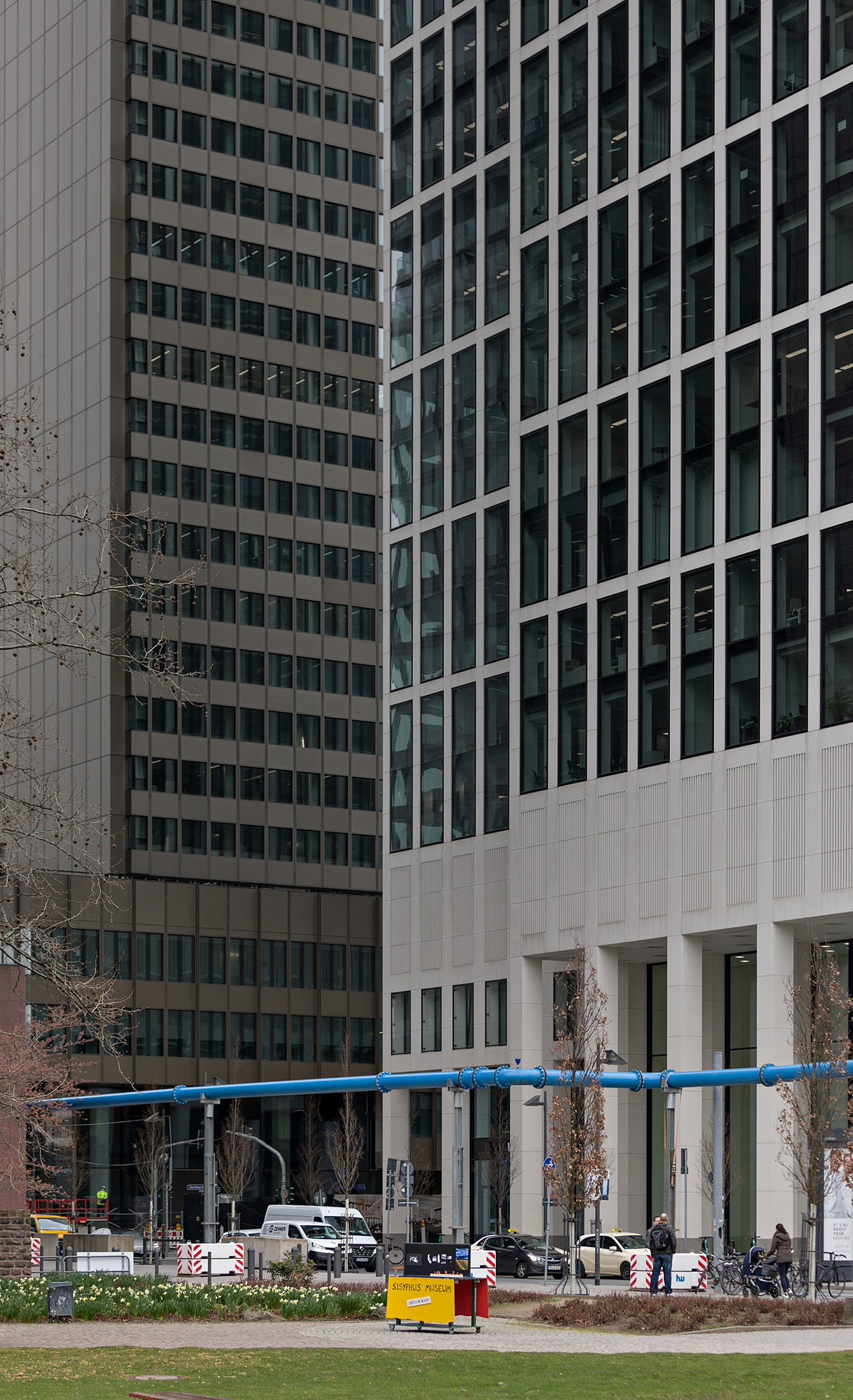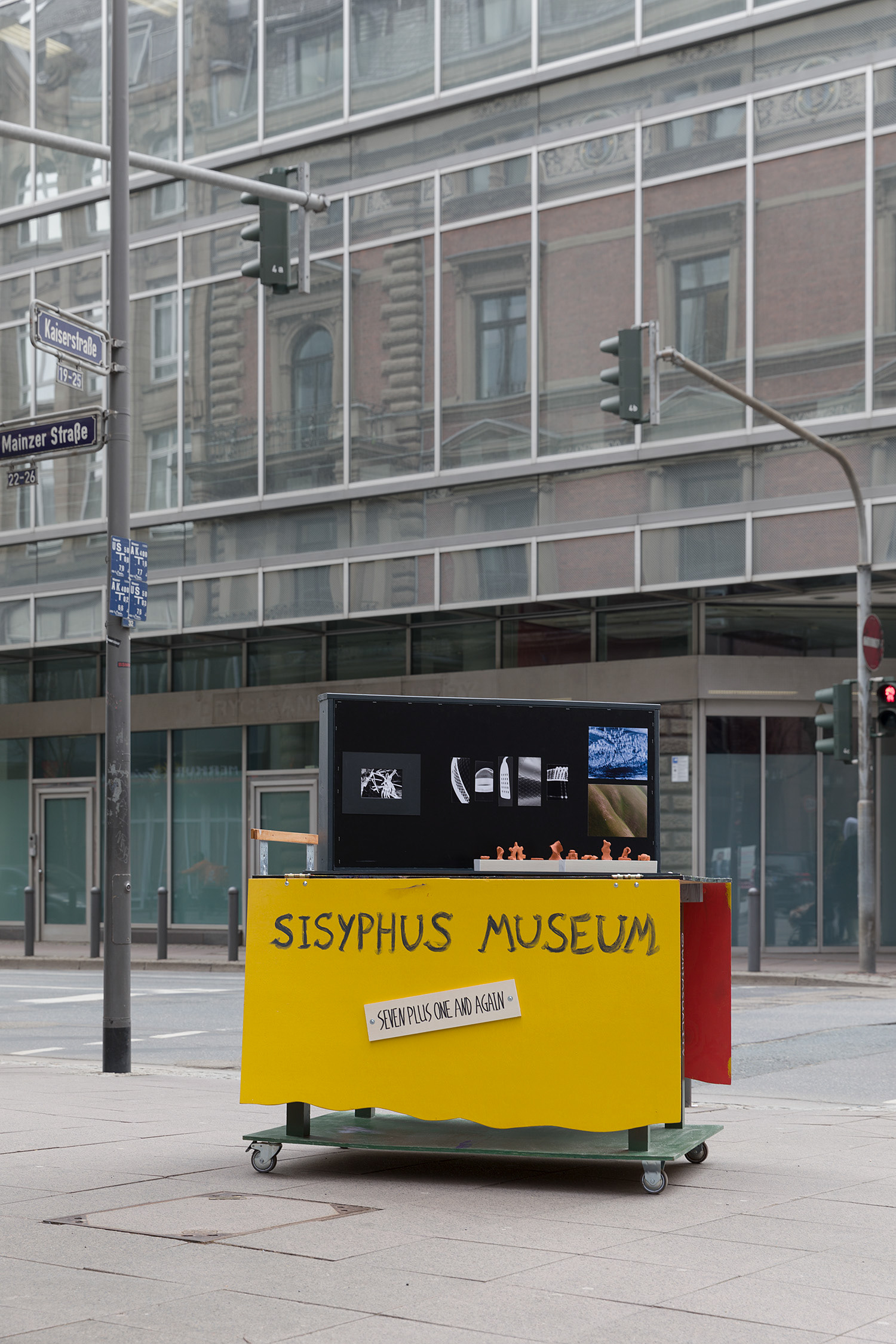Seven plus one and again
text by Anna Holms
In his latest exhibition, the 5th Chapter of his one-year project the Sisyphus Museum, “Seven Plus One and Again” (2021), Ivan Murzin reflects with a multitude of layers upon the idea of the Möbius strip. A three-dimensional surface which is not orientable – one cannot distinguish between below and above, between inside and outside or between present and past. With his most recent iteration of the Sisyphus Museum, Murzin not only creates a reference space of the current situation within the city of Frankfurt – that the museum literally followed on its four wheels over the past year – it also functions as a microspective mirroring the previous chapters of the museum. The compilation of different media and materials – from photography to sculpture, from clay to hard drive parts – represents all chapters in one, each about another artistic medium. It also underlines Murzins idea that every decision about the museum depends on what can be found in his own studio. For example, the paint used for the Sisyphus wagon is a mixture of all paint used during the year – a mircospective on its own.

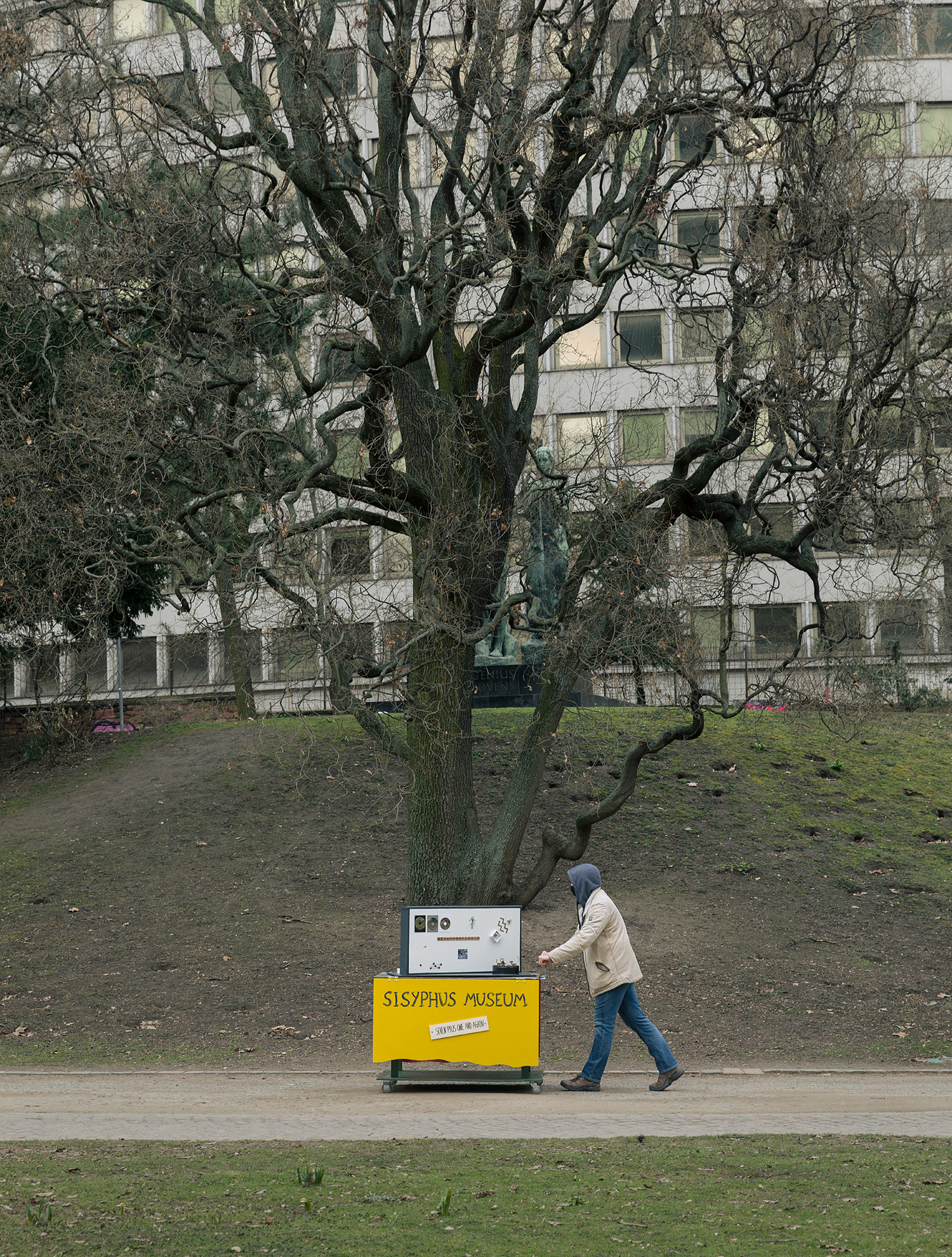
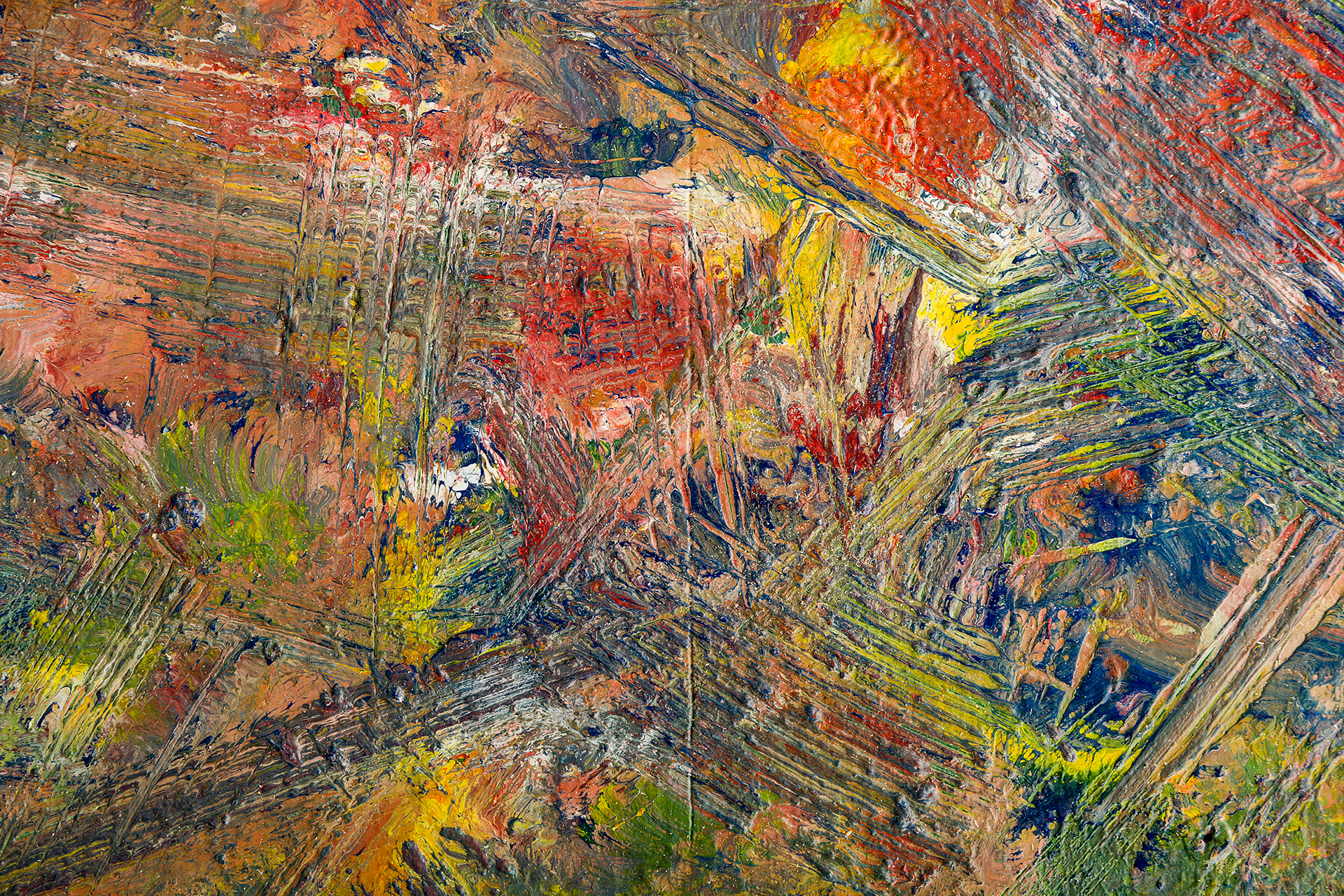
The notion of continuity and infinite loops is taken up in the title and already reveals the autobiographical component of the exhibition, as the eight stands for the years the artist spent in Germany. The autobiographical references, that permeate the exhibition, are understood as starting points which are always interconnected within a broader narration and therefore point beyond their own personal context. The works presented in the exhibition force the intuitive, always the potential dialogue in mind, a ping-pong of various associations from the Russian avant-garde to the new data server buildings in the east of Frankfurt – Thus it offers the viewer different ways of approaching the work, a multitude of hooks in it which create an open moment of conversation. As a way to create a dialogue and a certain distance towards the heavy topics and autobiographical notions “Seven Plus One and Again” implicates a ludic sense of humor – especially regarding the classic perception or presentation orders of art. Murzin is playing with an expected sleekness and visual order by applying an aesthetic that is not clean, sharp or linear, by unmasking the idea of the museum’s stability through absurdity and exposing it as a Sisyphusian myth. The Sisyphus museum is not supposed to be understood as a manifestation, it has no pedagogical agenda – in its playful manner, it wants to explore how its absurdity is perceived and how far one can go with it.
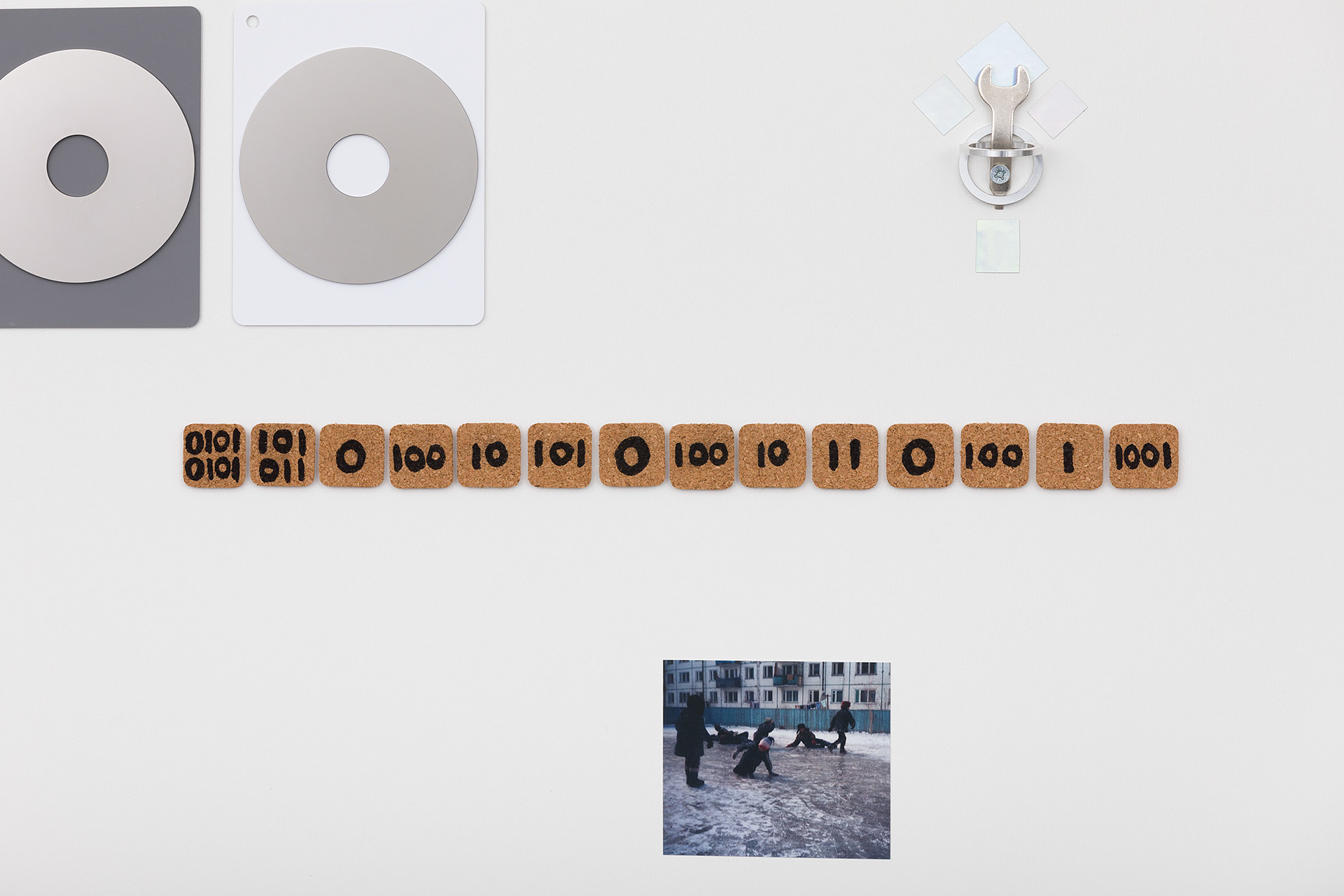
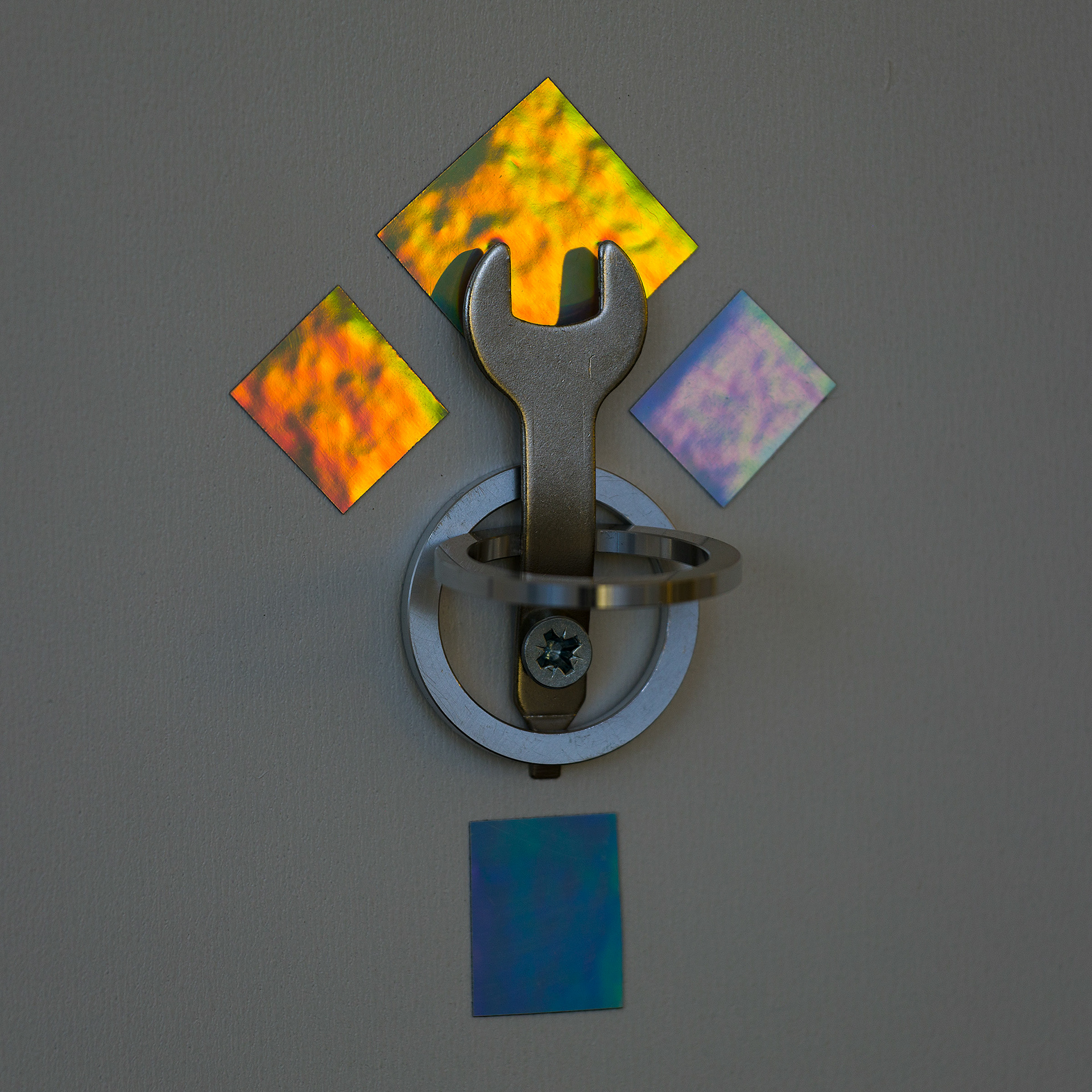
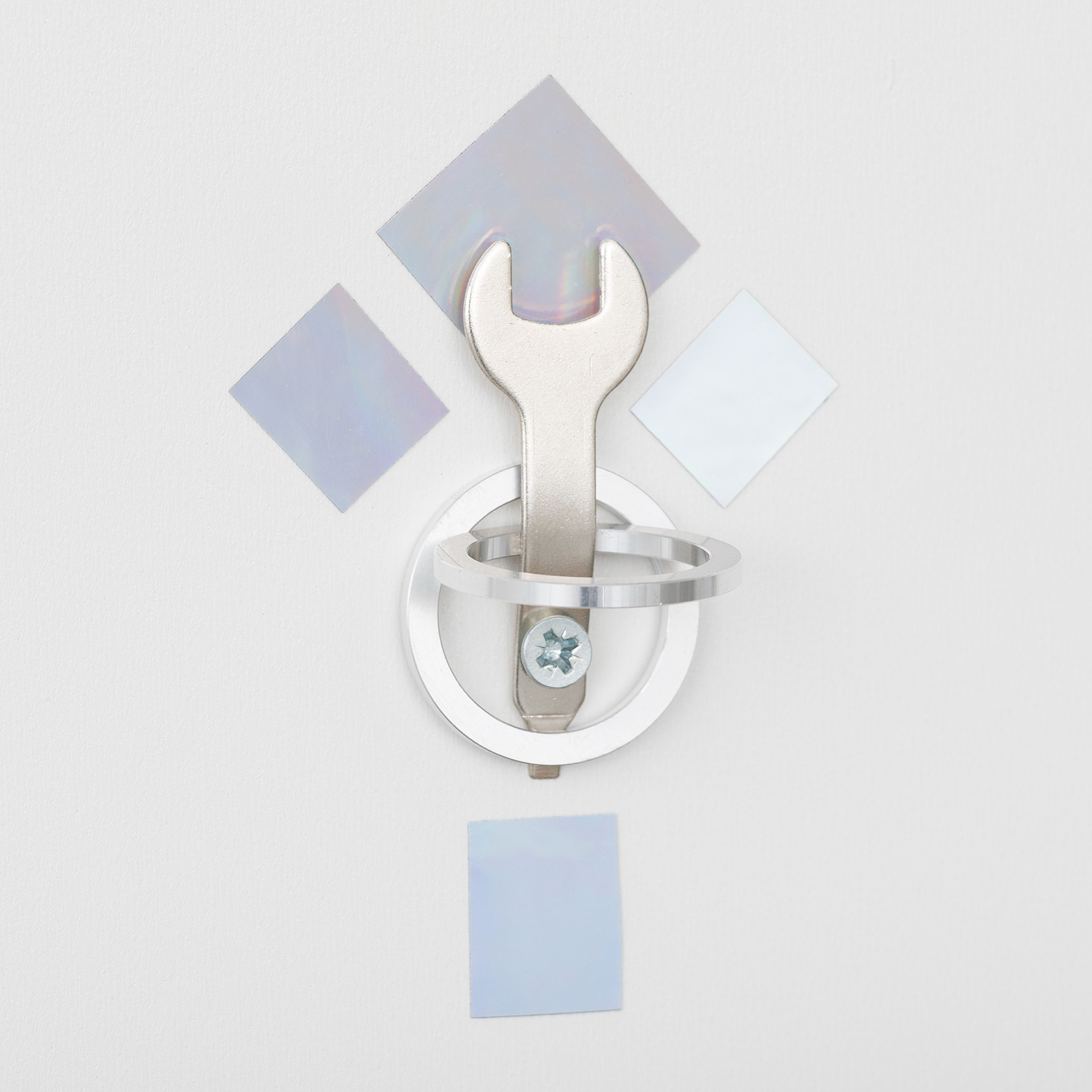
“Seven Plus One and Again” opens up a certain dualism by dividing the exhibition space, the top of Murzins self-build Sisyphus wagon, through a rectangular, diagonal shape into two sides. One side, painted black, seems to represent the old while the other side, painted in white, represents the new, simultaneously mocking the traditional presentation orders of art – the Black Box and the White Cube. The black side does represent the past, but not only in terms of ancient art practices or media or in regard to Murzins personal process of artistic education, it also serves as a locus where the past iterations of the Sisyphus museum cumulate, especially regarding the use of materials as the clay from the 4th chapter “Between Fire & Fare” underlining the idea of recycling. By referencing the artistic language of the Russian avant-garde, not only through the overall shape of the exhibition space but also through the predominant use of diagonals and rectangles and a constant play with black and white, the artist explores his own artistic roots in the realm of this futurist conception of art. Furthermore, Murzin explores his personal artistic journey while tracing it back to his origins as an artist presented through his early photograms picturing details of kitchen tools. These photograms serve as references to his previous practice while studying at the Städelschule and working in the school’s kitchen. Small, elementary clay figurines in front of the photograms can be seen as playful samples created during a phase of learning and are all about the experimental, deeply rooted in the process of finding one’s own voice as an artist.



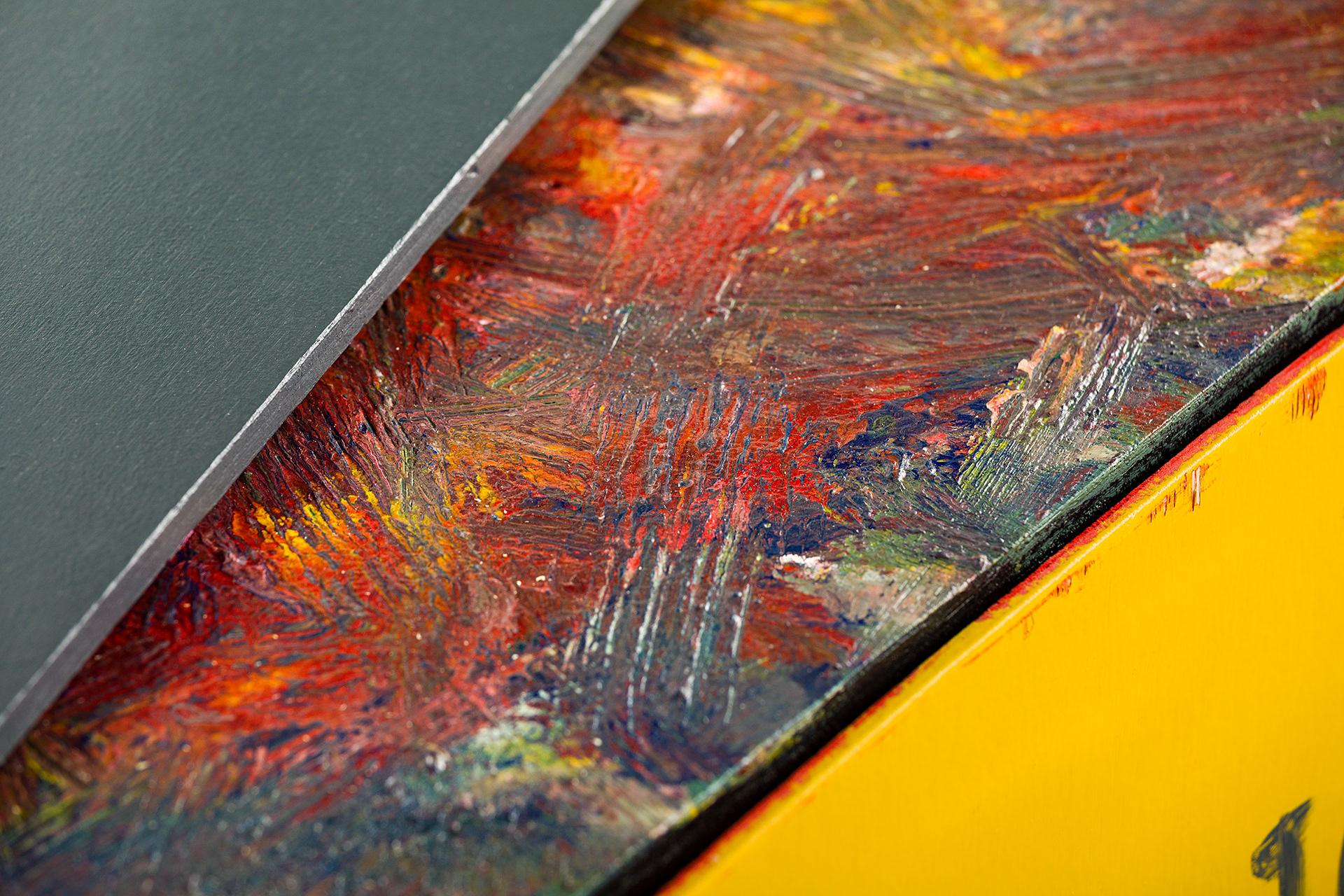

The white side negotiates a certain futurity not only in regard to its materiality but to its content. Three animalistic figurines consisting mostly of different hard drives parts standing on a pedestal – a trivial baking pan – gather around, almost worshipping, a cheap-looking plastic diamond. Using different parts of hard drives as an artistic medium and playing with its visuality, Murzin points out the fact that every medium or material carries a meaning and a notion. In times when cryptocurrencies are going through the roof and relevant financial institutions are appropriating them as financial instruments, when NFTs are shaping the art market, when, on the other hand, mining bitcoins causes a severe ecological footprint, we almost forget the playful, outcast beginning of blockchain and co. The little figurines and their playful, self-build character – mixing the highly digital and the everyday – confront us with the paradoxes of the world we live in. These paradoxes are highly visible within the city of Frankfurt as one of the most important server hotspots in Europe and as financial-data capital – with his Sisyphus museum Murzin in his own humoristic way lets his public question this condition. The arrangement of figurines furthermore plays with the notion of an elitist art public which is seeking for the auratic, worshipping an artwork and expecting it to be transcendental – in fact it is just a plastic diamond on a baking pan. Murzin skillfully uses playfulness as a medium, it not only reveals itself in an attitude with which the art world is exposed, it functions like a Möbius strip that interconnects all the elements, the autobiographical, the political and the aesthetical.
